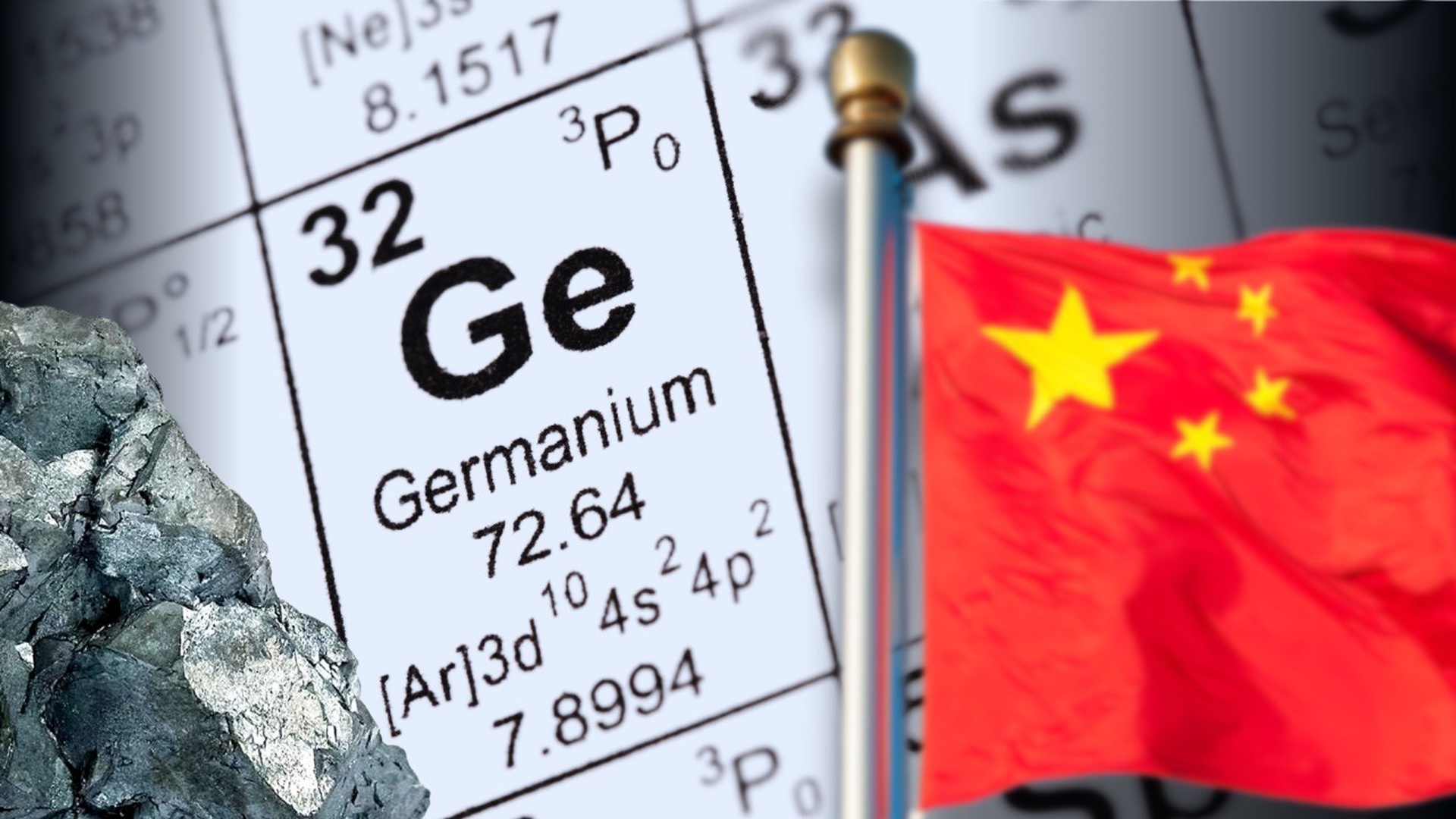

Earlier this month, South Korean company JS Link announced a $223 million investment to build a permanent magnet manufacturing facility in Georgia. Though the scale of the investment might seem modest, it represents a significant step in a far-reaching effort to resolve a strategic supply chain vulnerability, Western dependence on China for rare-earth elements.
Rare earths, especially neodymium iron boron magnets, are essential components in a staggering array of modern technologies from smartphones and electric vehicles to wind turbines and defense systems. These magnets are compact, powerful, and capable of retaining their magnetization for years. However, nearly 70% of REE production and almost half of all global reserves are dominated by China. This monopoly has transformed rare earths into a potent geopolitical tool, as evidenced by China's past and present restrictions on their export.
China has long recognized the leverage that control of rare earths provides. In May 2025, it imposed new licensing requirements for permanent magnets and raw materials, shortly before key rounds of trade negotiations. These licensing measures, billed as oversight to prevent military-related use, require foreign customers to undergo extensive approval processes, often sharing proprietary business information.
The European Chamber of Commerce in China recently highlighted how these policies have disrupted supply and cost at least one member company “millions of euros.” The chamber warned EU policymakers of looming shortages in Q3 2025, emphasizing the absence of a consistent framework for rare-earth exports out of China. Similar fears are echoed across the Atlantic. In 2021, the U.S. imported about 7,500 metric tons of rare-earth magnets directly, and an estimated 16,100 tons when counting those embedded in imported goods.
Faced with such risks, the U.S. and its allies are urgently working to rebuild an end-to-end critical minerals and magnet production network. JS Link's upcoming Georgia facility is just one of many emerging projects. The factory will be operational by 2027, with a planned output of 3,000 tons of permanent magnets annually.
In parallel, MP Materials Corp., the company that revived the Mountain Pass rare-earth mine in California, is piloting magnet production at a Texas facility. Another startup, USA Rare Earth Inc., is nearing production at its Oklahoma magnet plant and is also developing the Round Top mine in Texas. Vacuumschmelze GmbH, a German firm, is investing $500 million in a South Carolina magnet factory.
Meanwhile, the race to process raw materials domestically is accelerating. Phoenix Tailings, a Massachusetts startup, is pioneering an environmentally friendly method to refine rare-earth metals without hazardous hydrofluoric gas. Their New Hampshire facility, with initial capacity up to 800 tons, is positioned as a clean alternative to Chinese processors. Plans for a higher-capacity plant are already underway.
Other entrants like Energy Fuels Inc. are producing heavy rare-earth elements such as dysprosium and terbium in Utah, while Permag, owned by private equity, focuses on high-temperature-resistant samarium cobalt magnets. Notably, Niron Magnetics is developing permanent magnets without any rare earth elements at all, an innovation with the potential to sidestep the bottleneck entirely.
The supply chain revival isn’t limited to the U.S. Allies like Canada and Australia are investing in mining and processing, and Brazil, home to the world’s second-largest rare-earth reserves, is allocating close to $1 billion to support mineral exploration.
Japan offers a successful case study. After a 2010 confrontation with China over the Senkaku Islands led to a rare-earth embargo, Tokyo committed to building its domestic REE supply. That foresight paid off. The U.S., which declined to act similarly at the time, is now playing catch-up.
The current challenge lies not just in production but in sustaining it. China's rare-earth industry benefited from generous subsidies, low labor costs, and lax environmental constraints, factors difficult to replicate in the U.S. or Europe. But the cost of being under China's thumb, where supply can be weaponized at will, outweighs the short-term gains of cheap imports.
China is unlikely to surrender its dominant position quietly. With tighter export rules and strategic timing around trade negotiations, Beijing underscores its intention to maintain REE leverage. The trade-offs are steep, as European and American firms grapple with uncertainty, delays, and trust erosion in their dealings with Chinese suppliers.
Western governments are responding with more than rhetoric. The U.S. Department of Defense has directly backed companies like MP Materials with funding and purchase guarantees, while the broader policy push includes tax incentives and strategic stockpiles. However, these programs must be enduring. A lack of long-term commitment could sink the fledgling domestic industry once Chinese producers inevitably drop prices in an attempt to reclaim lost market share.
As the West decouples its supply chains, a bifurcated REE market is likely to take shape. One side will feature cheaper Chinese magnets with their associated risks. The other will rely on costlier but geopolitically secure magnets from the U.S. and allies. This divergence could grant an immediate cost advantage to companies sourcing from China, but over time, it will offer resilience and flexibility to those with diversified supply.
In the short term, China’s restrictive policies remain a formidable obstacle. Yet with coordinated investment from international partners and a willingness to bear some initial financial burdens, the global REE trade could look very different by the end of the decade.
Breaking China's rare-earth monopoly won't be easy, fast, or cheap. But as JS Link’s Georgia plant and a host of other ventures show, the process is in motion. If the West stays the course with sustained public and private backing, the strategic stranglehold Beijing once enjoyed may soon become a thing of the past.